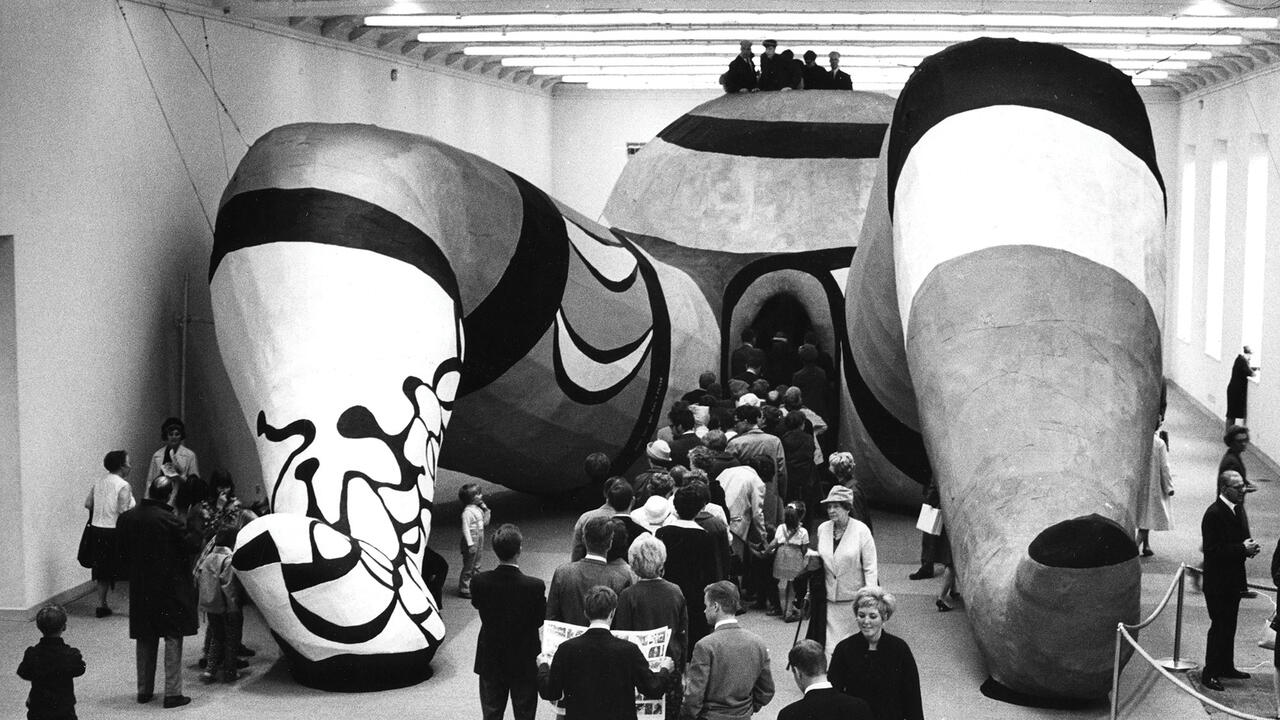Images in Translation
Theophilus Imani discovers how we might be able to translate images instead of words
Theophilus Imani discovers how we might be able to translate images instead of words

In this dossier, artists, writers and translators grapple with the politics of language, and their impact on us as readers, viewers and critics. Sophie Hughes analyses the power dynamics of literary translation from an anglophone perspective, while Theophilus Imani explores what it means to translate images through his photo diptych project (2016–ongoing). Andrew Maerkle reflects on his experience as a lecturer teaching the first Japanese translation of Filippo Tommaso Marinetti’s Manifesto of Futurism (1909) to multilingual university students and Evelyn Taocheng Wang’s visual diary entries reveal her feelings about learning English, Japanese, German and Dutch.

Right: Herbert Lang, Portrait of Manziga, Avungura, Chief of Azande, 1910–15, lantern slide, 8 × 11 cm. Courtesy: © AMNH Library
‘The photograph is like a quotation, or a maxim or proverb,’ wrote Susan Sontag in Regarding the Pain of Others (2003). ‘Each of us mentally stocks hundreds of photographs, subject to instant recall.’ Sontag’s observation reminds me of a similar one expressed by William Max Nelson in his essay ‘Five Ways of Being a Painting’ (2017). Inspired by the writings of the German romantic critic Friedrich Schlegel, Nelson writes: ‘The short sentence functions as both a part and a whole. At first, it seems to make sense in isolation, yet it calls out for placement within a context that could reveal some fuller meaning.’ Nelson’s words intensify Sontag’s reflection: the photograph is like a synecdoche that never stands alone; images always remind us of other images.

Right: Justus Sustermans, Marie Madeline and Her Son, c.1623, oil on canvas, 1.4 × 1.2 m. Courtesy: The Picture Art Collection/Alamy Stock
This indexical property allows the creation of visual conversations, wherein one image speaks to another, prompting discussion, in turn, of yet another image. The result is a form of translation. In such instances, when the translation takes place, the meaning moves from images to words. The relationship that exists between the images in these diptychs, as Édouard Glissant wrote in Poetics of Relation (1997), turns every periphery into a centre, abolishing the very notion of centre and periphery.

Right: Joe Penney & Abdou Ouologuem, Incarnation, from the series ‘The Redemption of Mansa Musa’, 2014, pigment-inked jet print. Courtesy: Joe Penney & Abdou Ouologuem and Galerie Number 8
This article first appeared in frieze issue 221 with the headline ‘Image Index’ alongside Evelyn Taocheng Wang’s Grammar Diary, Andrew Maerkle on Translation in Art Theory and The Silent Transformation of Language.
Main image: Palmer Hayden, The Janitor Who Paints, c.1930, oil on canvas, 99 × 84 cm. Courtesy: Smithsonian American Art Museum, Washington, D.C., Gift of the Harmon Foundation





















